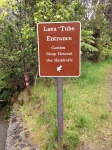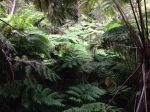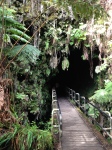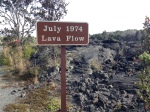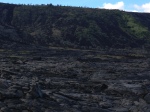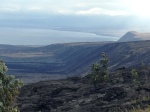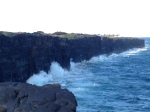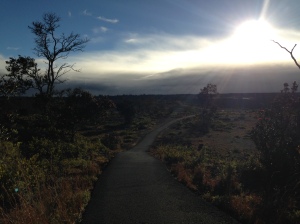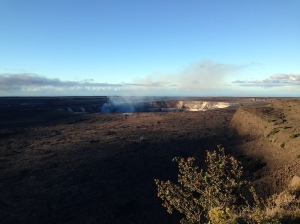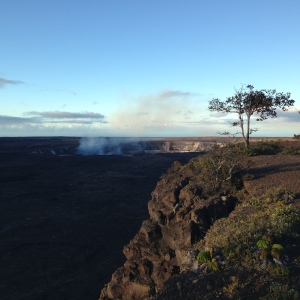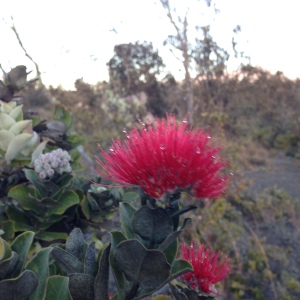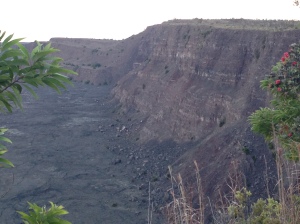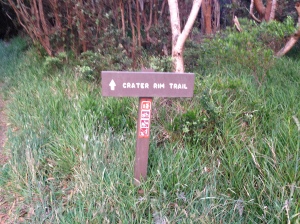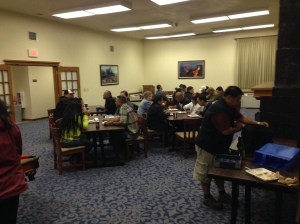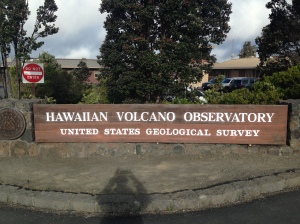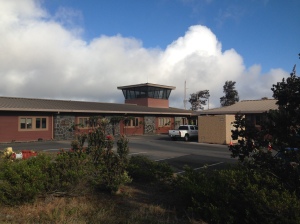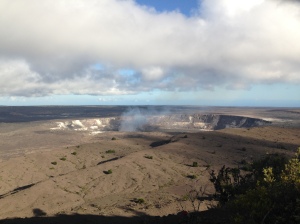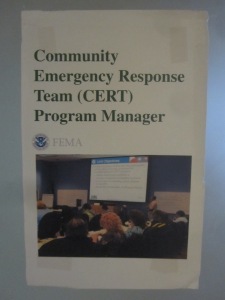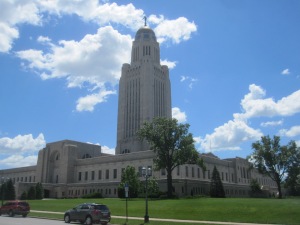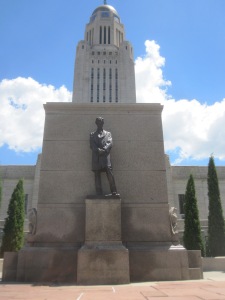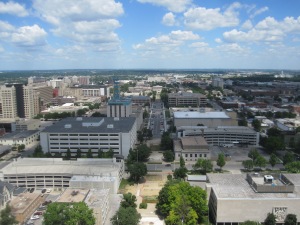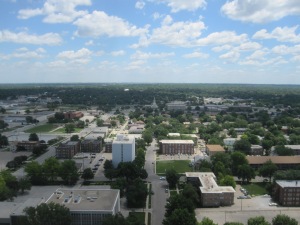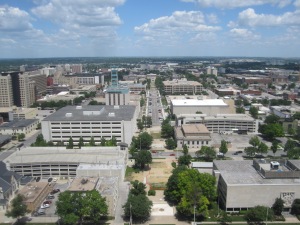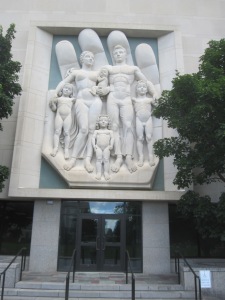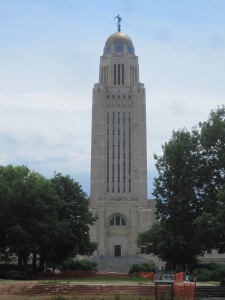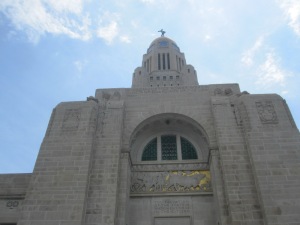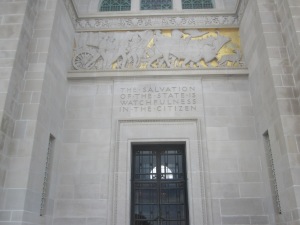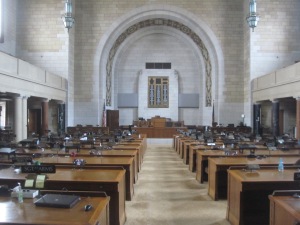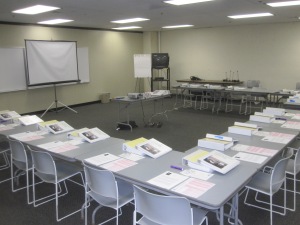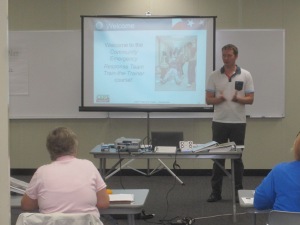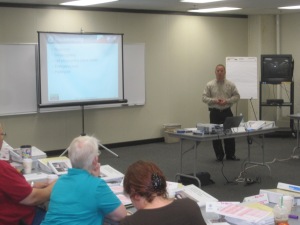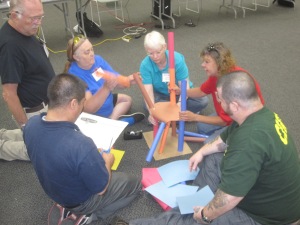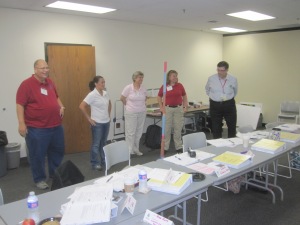Aloha and Mahalo from Volcano Hawaii
June 30, 2014 1 Comment
Well, it’s hard to believe but I’m back in St. Louis as we wrapped up a great week of training in Volcano, Hawaii. The trip home was long to say the least.
A little bit of sightseeing
Picking up where I last left off, last Thursday afternoon we finished class a little earlier than planned and so Wilson and I hopped in the car and did a little sightseeing. We drove over to see the Thurston Lava Tubes which is a 500-year old lava cave located within Hawaii Volcanoes National Park. Lava caves like this are formed when a river of lava gradually builds solid walls and a ceiling. When the lava flow stops and the last of it passes downhill, a cave is formed. These caves can be a few feet high and only yards long, or they can stretch for miles with high ceilings. After walking through the cave and the surrounding rain forest, we drove down to see where the lava flows went into the ocean. Along the way we passed several lave fields that dated back to the early 1970’s. Finally, when we reached the ocean and the blue water of the Pacific was beautiful.
Friday was our final day in class. For me personally, it started off with a wonderful six-mile run along Crater Rim Road. As I ran past the Volcano Observatory and then the open field with the steam vents I couldn’t help but wonder if I’d ever get the opportunity to return to this place and see more of God’s wonders. I sure hope so.
Polynesian culture
We started class off with another unique opportunity. As I mentioned in previous blogs this week, our class was very diverse. Not only did we have attendees from the Hawaiian Islands, but also from Guam, the Commonwealth of Northern Mariana Islands, and American Samoa. One of the gentlemen from Samoa was actually with us two years ago when we were first in Honolulu Hawaii. In talking with him about the Samoan culture, we agreed there are many similarities with the Native American culture. I explained that in the Native American classes we’ve taught, we usually have someone from their tribe open the class with a prayer in their native language. Along those lines, he shared with me that Samoan tradition is similar and he agreed to open our last day of class with a morning prayer in his native Samoan language. What a great way to start our last day of class.
Another cultural item we learned about was that in the various Polynesian cultures, it’s customary to give your guests a gift. After our morning prayer and before we actually started class, Wilson and I were both presented with blue conference bags with the logo of Guam Homeland Security and Civil Defense. Inside were homeland security/emergency management related gifts that students from each of the regional areas brought with them to give to us. What a surprise! I’ll proudly display these in my home.
This trip will go down as one of those life experiences I won’t ever forget. My good friend and teaching buddy Wilson and I made many new friends during this trip, and were able to see “up close and personal” one of the greatest natural disaster risks we have – a live volcano.
Well, let me close by sharing some final pictures from our trip. I hope you enjoy them.
“Mahalo” to all of you who read my blogs during the trip and I hope you’ll come back starting July 28th for a new adventure.
- Lava Tubes this way.
- In the rain forest
- The walkway into the tube (aka cave)
- It’s really dark. It almost looks man-made once you are inside.
- These lava flows are recent.
- A lava field.
- You can see where the lava floed downhill toward the ocean
- At one point they had to dig through the hardened lave to reopen the roads.
- I love this shot of the hillside.
- The Pacific Ocean. What a great sight!
- Flowers
- More flowers
- And one more
- More flowers
- Along with volcanos, they also have earthquakes.
